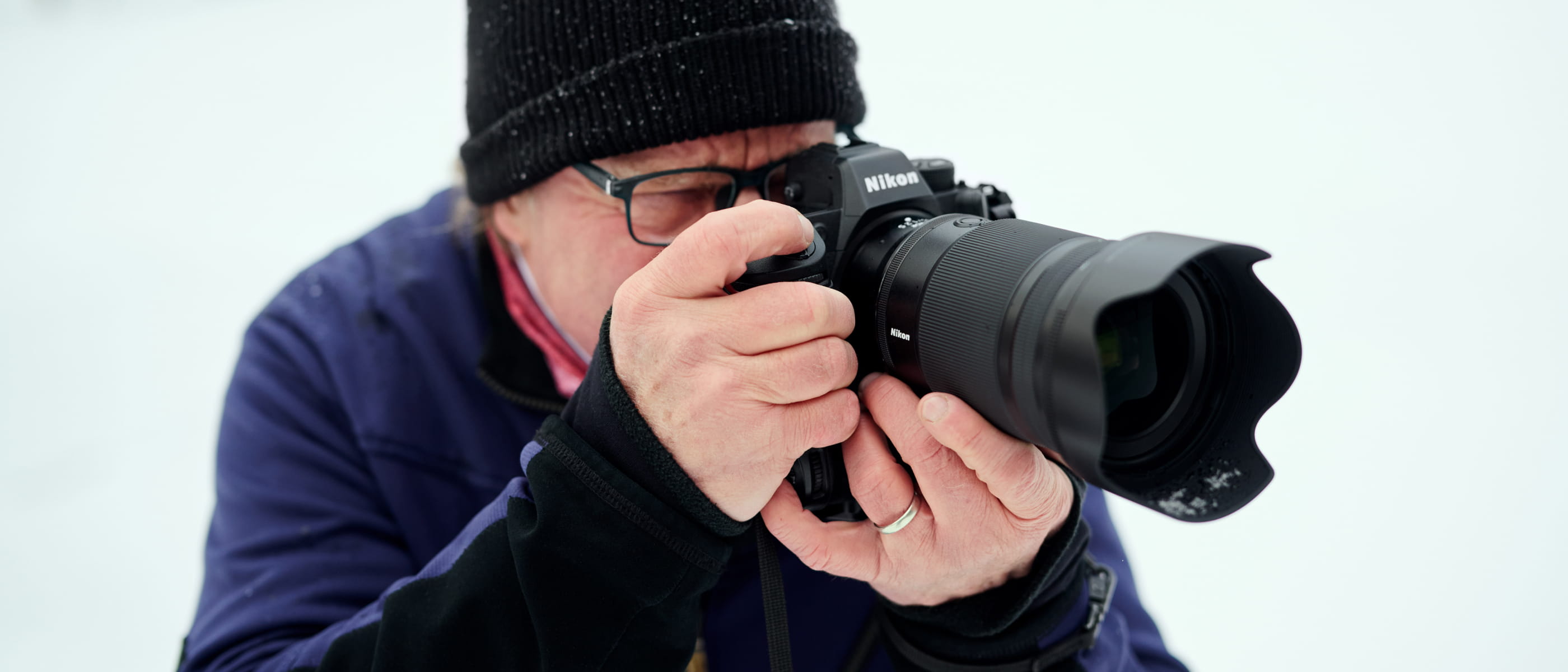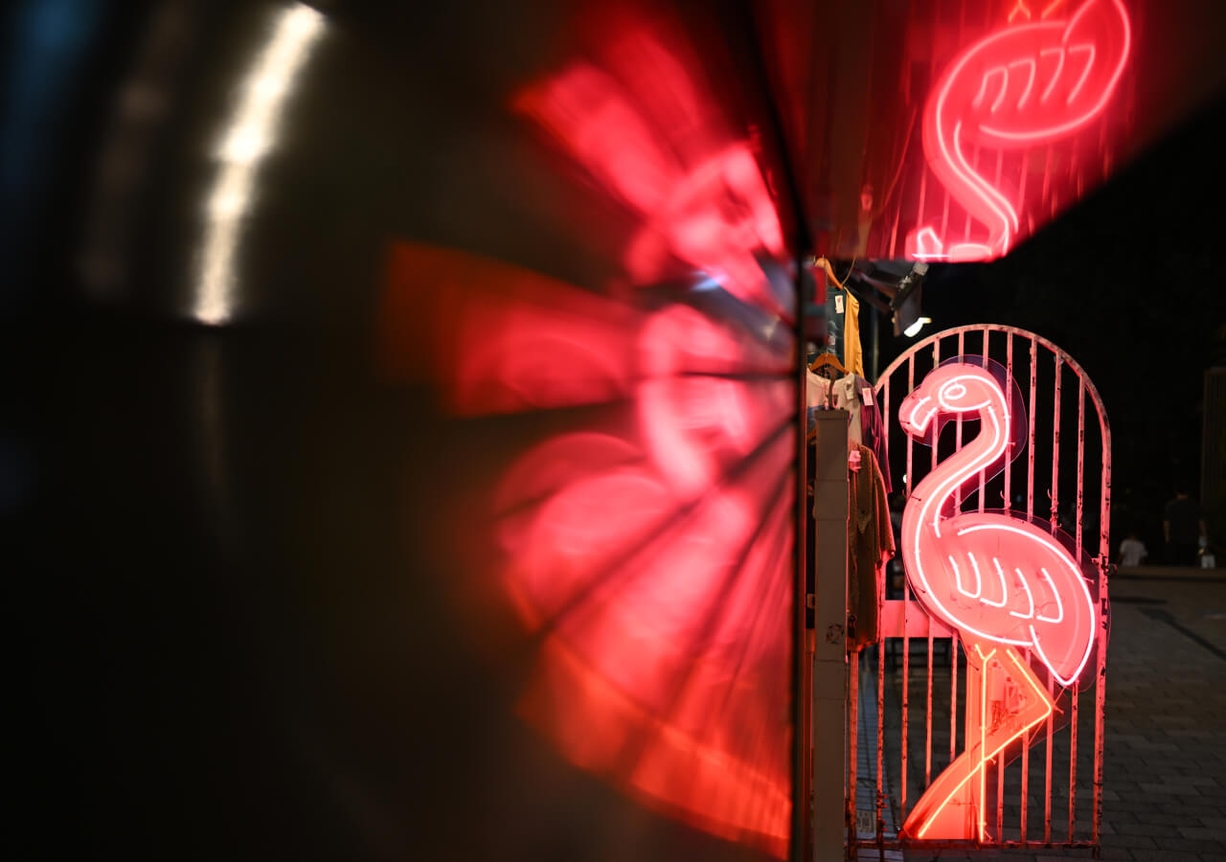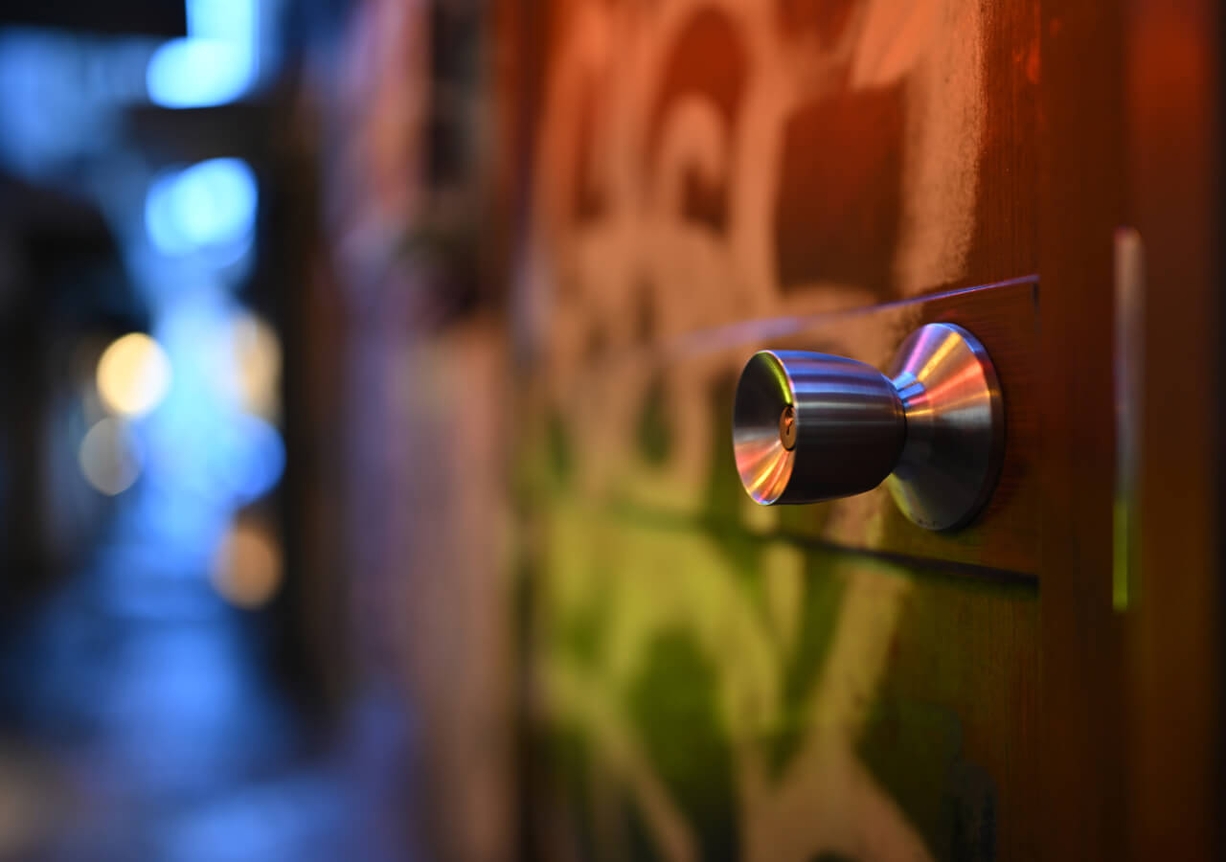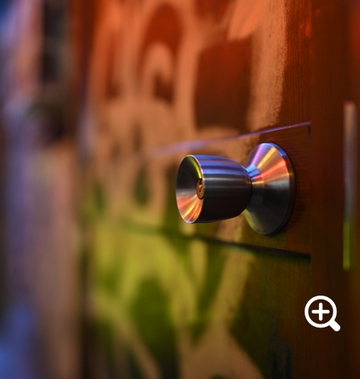Belleza natural.

- 35 mmDistancia focal versátil
- f/1.2Apertura extraordinariamente rápida
- Lente fijoDistancia focal fija
- Línea SÓptica y diseño supremos
- Montura ZFormato de cuadro completo/FX
Toma con el NIKKOR Z 35 mm f/1.2 S
Bokeh exquisito.
El balance perfecto.
Expresión tridimensional.
Precisión superior. Rendimiento mejorado.
Diseño inteligente, construcción resistente.
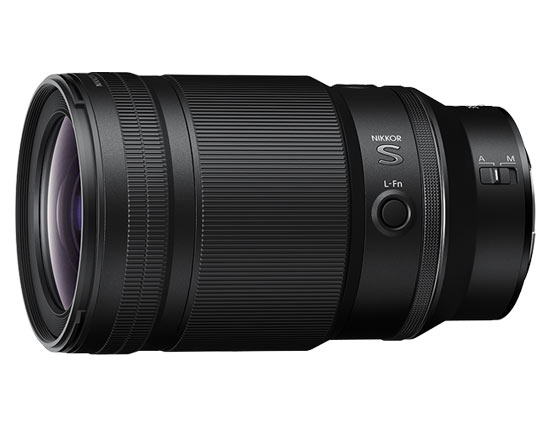
Technology

ARNEO Coat
An anti-reflective coating developed by Nikon and used in conjunction with Nano Crystal Coat to further reduce ghost and flare effects caused by incident light entering the lens vertically. This allows for the outstandingly clear capture of images even when a light source is located within the frame.

Stepping Motor
NIKKOR Z lenses use a stepping motor for fast, accurate, smooth, quiet autofocus with reduced wobbling. This quiet drive system makes the lenses ideal for use when shooting video.

Electromagnetic Diaphragm Mechanism
An electromagnetic diaphragm mechanism in the lens barrel provides highly accurate electronic diaphragm or aperture blade control when using auto exposure during continuous shooting.

ED (Extra-Low Dispersion) Glass
An optical glass developed by Nikon that is used with normal optical glass in telephoto lenses to obtain optimum correction of chromatic aberrations.

Nano Crystal Coat
An anti-reflective coating developed by Nikon that virtually eliminates internal lens element reflections across a wide range of wavelengths. Nano Crystal Coat solves ghost effects caused by red light and effectively reduces ghost and flare caused by light entering the lens diagonally.

IF Lens
A NIKKOR lens in which only the internal lens group shifts during focusing. Thus, IF NIKKORS do not change in size during AF operation, allowing for compact, lightweight lenses capable of closer focusing distances. These lenses will be designated with the abbreviation IF on the lens barrel.

Super Integrated Coating
Nikon Super Integrated Coating is Nikon's term for its multilayer coating of the optical elements in NIKKOR lenses.

Multi Focus System
In 1967, Nikon developed the world's first focusing system that effectively suppressed aberrations by moving multiple lens groups (Close-Range Correction System). The multi-focusing system is the evolution of that AF system with which the positions of multiple focusing groups are very precisely controlled, each by its own focusing unit, all of which work together. This system effectively suppresses various types of aberration, even with scenes captured at close distances where aberrations are generally more likely to occur. This enables superior image-formation performance from maximum aperture, regardless of the focal length or shooting distance. It also contributes to faster AF. The multi-focusing system is effective even with fast lenses.

Meso Amorphous Coat
Meso Amorphous Coat suppresses ghost and flare caused by incident light from any direction, including those entering the lens diagonally and vertically, to the utmost limit, demonstrating the highest anti-reflection performance in NIKKOR history. With this coating system, amorphous particles are interconnected and overlapped randomly to create a large number of air gaps termed mesopores. The many gaps within the coating form an ultra-fine mesoporous structure, attaining an outstandingly low refractive index. Additionally, a higher-precision base coat is employed to further enhance the anti-refection effect.

Aspherical ED glass
Using ED (Extra-low Dispersion) glass that successfully minimizes color fringing as a material, this type of lens features non-spherical surfaces on one or both sides of the glass. It provides superior rendering capability by maximizing the advantages of both ED glass and an aspherical lens – effectively correcting various lens aberrations such as lateral chromatic aberration, coma flare at the periphery, as well as distortion and spherical aberration. It achieves aberration correction of ED glass and aspherical lens in one element, contributing to lens compactness.

A/M
A/M stands for Auto-Priority Manual Mode. This mode also enables an easy transition from autofocus to manual during AF operation. However, mode switch sensitivity has been altered to reduce the possibility of sudden unintentional switching to manual focus while shooting.
Especificaciones Técnicas
Longitud Focal
35mmApertura Máxima
f/1.2Recubrimiento de Cristal Nano
SiDimensiones Aprox. (Diámetro x Largo)
3.5 in.90 mmx5.9 in.150 mmDistancia desde la brida de la montura del lente de la cámara Según los lineamientos de la CIPAPeso Aprox.
37.39 oz.1060 g
- Longitud Focal35mm
- Apertura Máximaf/1.2
- Apertura Mínimaf/16
- Rango de aperturaf/1.2 - f/16
- Ángulo Máximo de Visión (formato DX)44°
- Ángulo Mínimo de Visión (formato DX)44°
- Ángulo Máximo de Visión (formato FX)63°
- Ángulo Mínimo de Visión (formato FX)63°
- Relación de Reproducción Máxima0.2x
- Elementos de construccion la Lente17
- Elementos de la Lente17
- Grupos de la Lente15
- Grupos de construccion de la Lente15
- Formato(s) Compatible(s)DX/FX
- Láminas del Diafragma11
- Recubrimiento ArneoSi
- Recubrimiento de Cristal NanoSi
- Elementos de Vidrio ED3
- Elementos Asféricos3
- Enfoque AutomáticoSi
- Enfoque InternoSi
- Distancia Mínima de Enfoque0.99 ft.(0.3m)0.3 m (0.99 pies)
- Tipo ESi
- Tamaño del Filtro82mm
- Tipo de Filtro AceptadoDe rosca
- Dimensiones Aprox. (Diámetro x Largo)3.5 in.90 mmx5.9 in.150 mmDistancia desde la brida de la montura del lente de la cámara Según los lineamientos de la CIPA
- Peso Aprox.37.39 oz.1060 g
- Tipo de LentePrime
Soporte
Registro de Producto
Registrando su producto Nikon nos permite enviar (con su permiso) actualizaciones importantes, información de servicio y consejos útiles. También lo hace más fácil si alguna vez nos tiene que llamar para recibir ayuda.
Registre su producto en línea ahora.Soporte del Producto
Guardamos todos los problemas solucionados en nuestra base de datos. Si no puede encontrar una respuesta apropiada, no dude en presentar una pregunta a nuestro equipo de soporte técnico.
Ver Preguntas y Respuestas